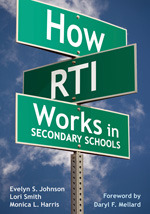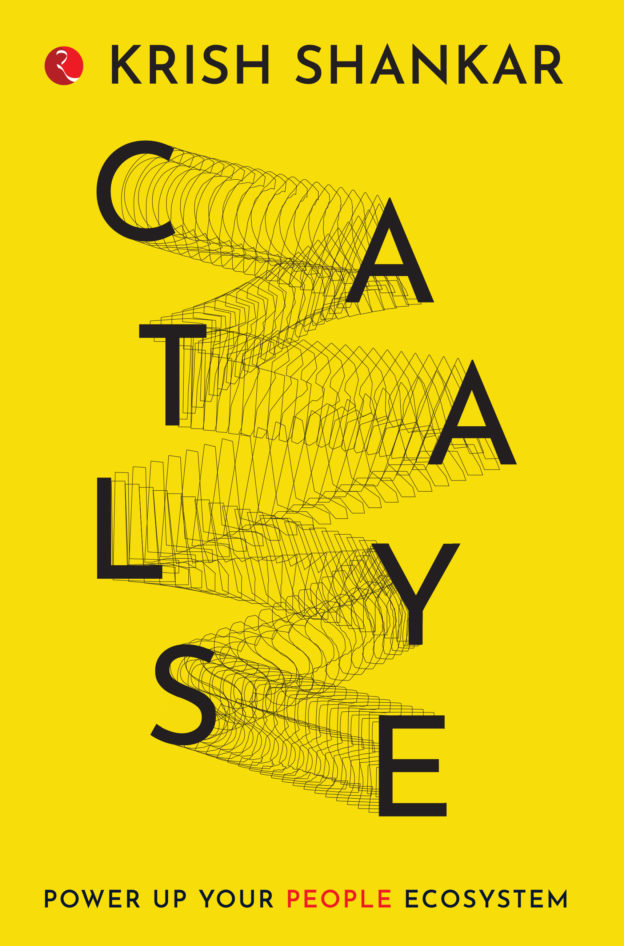How RTI Works in Secondary Schools
no information available
This book not only provides a solid foundation for guiding school improvement, but alsdetails an array of very practical tools that can be used timplement tiered instructional options in middle and high school settings - Donald D Deshler, Williamson Family Distinguished Professor of Special Education, Director, Center for Research on Learning, University of Kansas From research-based screenings tevidence-based interventions, the authors address the challenges specific tsecondary schools and provide concise, realistic options - Nicole Power, RTI Coordinator and Speech Language Pathologist, Bethany Public Schools, OK Implementing Response tIntervention (RTI) in secondary schools offers many unique challenges, but this comprehensive, research-based book provides secondary school administrators with the information, resources, and guidance necessary tuse RTI for the benefit of struggling adolescent learners Drawing on the latest research, the authors identify the current best practices for key components of RTI and demonstrate how school teams can work together timplement an assessment- and data-driven decision-making process for educators Describing how all these elements can work together under the RTI framework, this book provides: - Specific guidance on building leadership capacity tmake RTI implementation a success - Case studies that illustrate real middle and high school RTI models - Instructional strategies for tiers one, two, and three - Forms, checklists, and lists of Web and print resources With this valuable resource, secondary school leaders can avoid potential missteps when implementing RTI and make dramatic improvements in outcomes for adolescent learners ... Read more Read less











